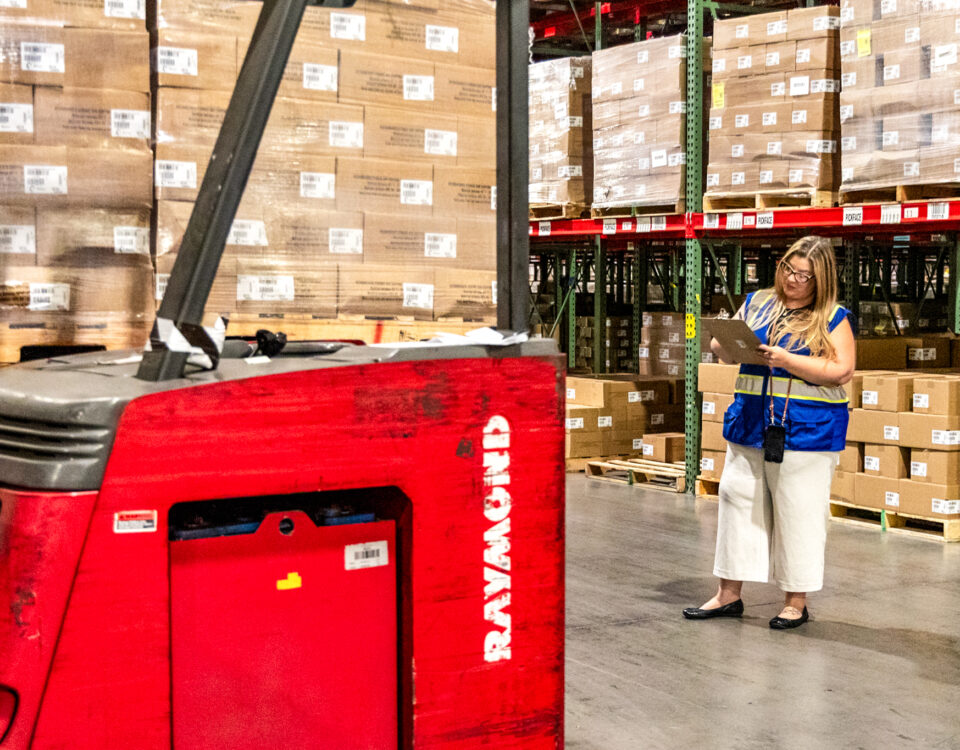Drop-shipping is a business model which enables a retailer to operate without the hassle of maintaining inventory, owning a warehouse to hold product, or having to ship the product to the customer themselves. Generally, the retailer will partner with a dropship supplier who manufactures/warehouses products, packages said products and ships them to the consumer on the retailer’s behalf. The basic concept of drop-shipping goes as follows: The customer places an order through the retailer (online), the retailer automatically (or manually) forward the order and details to the dropship supplier, and the drop-shipper packages and ships the order directly to the customer in the retailer’s name. For a seemingly simple idea, there are many aspects involved in ensuring you are following the best drop-shipping practices as either the retailer or the supplier. There are dozens of practices recommended to ensure the best drop-shipping practices are being followed, and they can be separated into four main categories.
Interpersonal/Communication Practices: Probably one of the most important aspects of implementing drop-shipping solutions is communication with your vendor(s). Keeping up a quality relationship and open form of communications with partners is key to making sure all needs are being met throughout the process. Some of the best communication practices include:
- Define roles and responsibilities clearly. There must be someone owning the vendor relationship. Additionally, all departments should contribute to and sign off on Vendor Compliance Guidelines.
- Create strong personal business relationships with your vendors to form one solid business team. Annually meet up with vendors and work on collaborations in developing new ideas to promote growth and sales. Your vendors should be an extension of your company.
- Meet quarterly with your vendors to go over business activities, review sales and future predictions, and go over their overall performance for your business. Be sure to provide positive feedback while addressing places that need work.
- Recognize achievements with vendor awards. Reward your vendors for their work in places such as fill rate, years of service, partner of the year, and best on-time-delivery stats. Set a level for others to strive for to ensure the best quality year in and year out.
- Be sure you are routinely communicating sales predictions and past sales with your vendors. This will show commitment to your vendors and further reinforces the partnership. It is also a great way to address any reasons for backorders or inaccurate sales forecasts.
Automation/Warehousing Solutions: Another important aspect of drop-shipping is utilizing all possible automation and warehousing solutions available to you. There are a few ways suggested to approach this:
- Synchronize your SKUs with your vendor’s model numbers and specifications at the very beginning. This will allow you to control and keep up with changes in cost.
- Invest in automation anywhere and everywhere you are able. Trying to do drop-shipping manually is incredibly time consuming and there is too much involved to make it possible. Some ways you can implement automation are through email automations to vendors, automatically programming orders to go straight through to vendors, tracking systems, and automatic record keeping of any and all orders/errors.
Inventory/Product Solutions: Every retailer knows how important keeping up with inventory and organization is to running a smooth operation. With drop-shipping, this is especially important. You are communicating your inventory with another party, and everything needs to be up-to-date.
- Evaluate your vendor inventory positions and how often you communicate. Try to determine if any products need to be moved in-house, discontinued, or promoted differently.
- Place orders in order to test your vendors at least a few times each year. Just as you would test your warehouse and evaluate turnaround, delivery times, errors and customer service issues, test your vendors to ensure everything is running smoothly on that end.
- Concentrate on your product. The majority of drop-shipping vendors concentrate on particular products or niches, so the more they concentrate on the more successful they can be.
Customer Service Solutions: Finally, one of the most overlooked but equally important areas to focus on – customer service. Problems with prices or wrong item descriptions can have huge impacts on the customer’s perecption of your company. When implementing drop-shipping, the risk of inconsistency comes up and items can get shipped to the wrong customer or lost in transition. Merchants must oversee drop-shipping to ensure the best quality service for their customers and do anything possible to deliver the best customer service by tackling issues head on and getting answers from drop-shippers that are creating problems.











